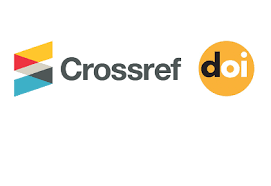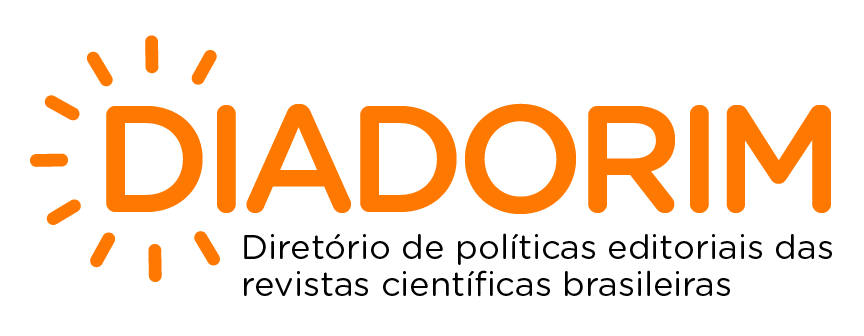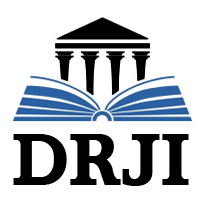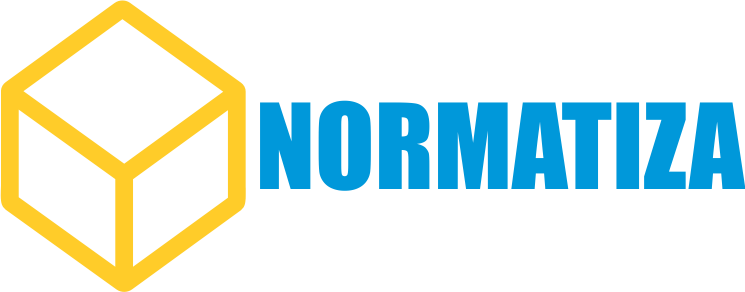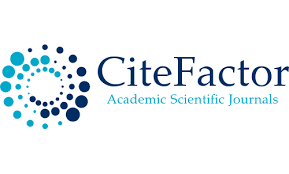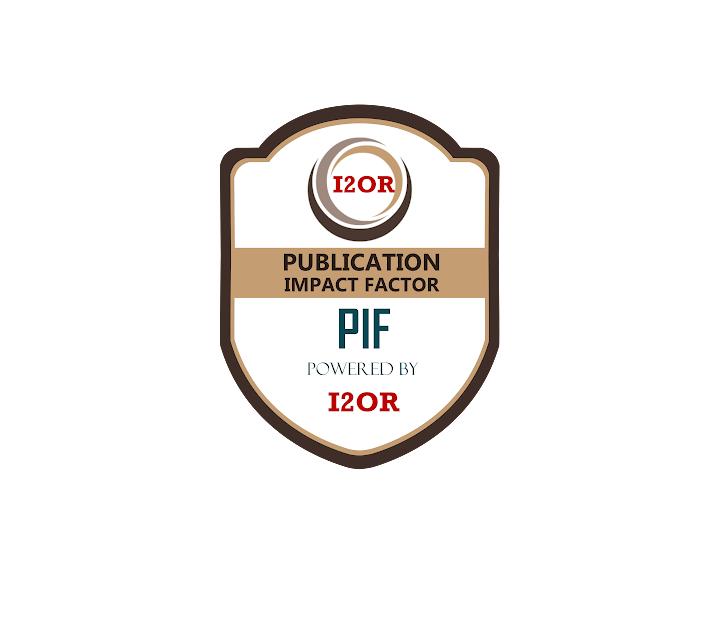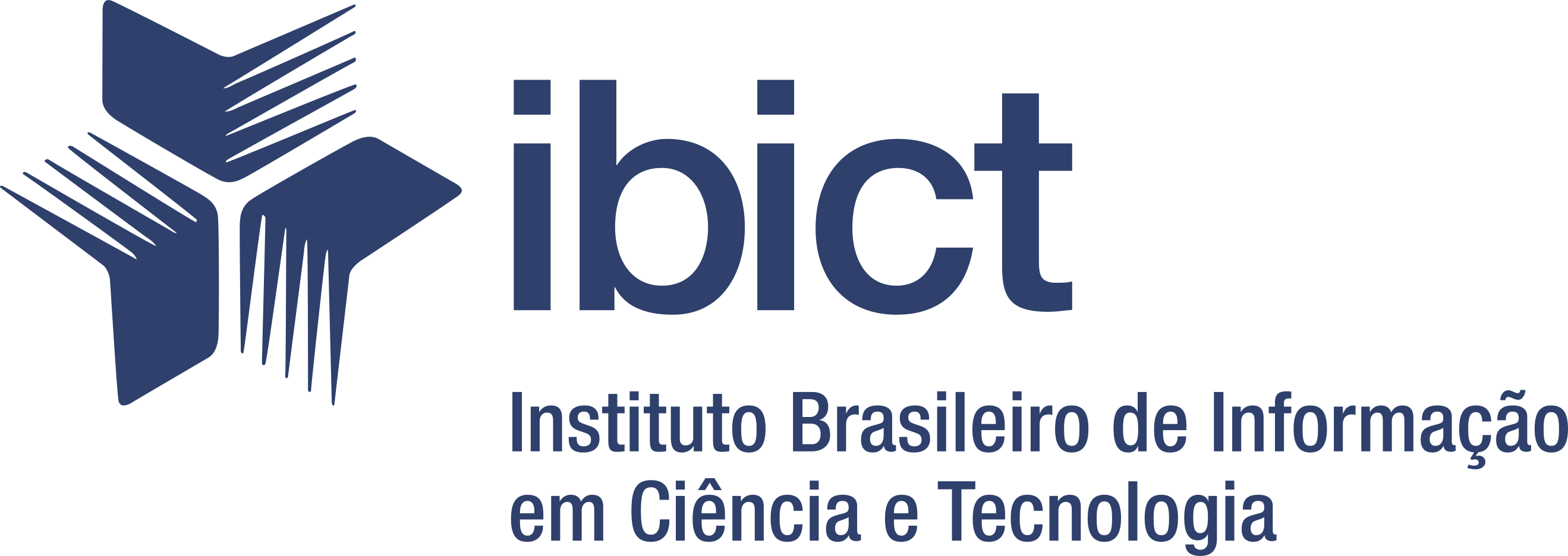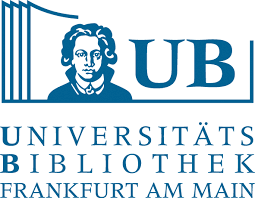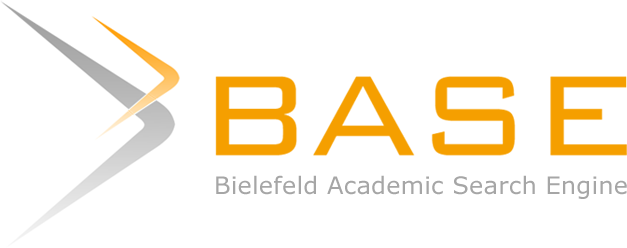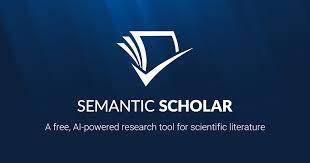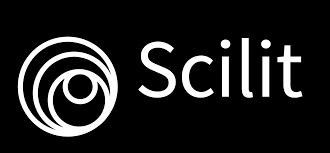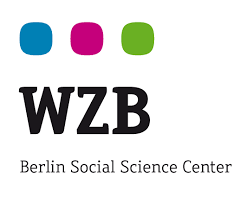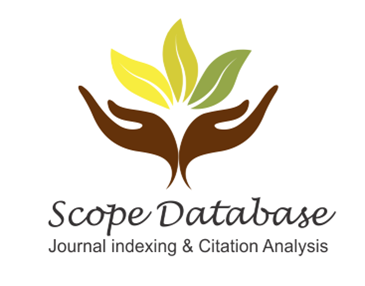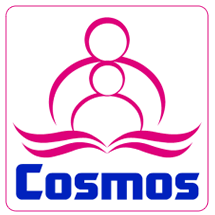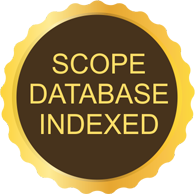DIAGNOSIS OF SAGITTAL AND TRANSVERSAL ASYMMETRY IN DIGITAL ORTHODONTIC STUDY MODELS OF A STUDENT POPULATION BY THE KLO METHOD APPLIED IN DIGITAL SOFTWARE
DOI:
https://doi.org/10.47820/recisatec.v4i1.336Palavras-chave:
Diagnosis, Orthodontics, Dental models, Asymmetry, Molar teeth, Software applicationResumo
Effective diagnosis and treatment of orthodontic patients requires a number of essential ancillary tests. However, some difficulty arises when evaluating dental asymmetries in the hemiarchs of each dental arch. The correct appreciation of these asymmetries is crucial, according to several studies, for the proper final placement of the teeth in their arch at the end of the treatment. The current literature is limited in terms of methods to evaluate and diagnose alterations due to hemiarchs. The KLO method applied in digital software is useful for diagnosing sagittal and transverse asymmetries. To perform a descriptive cross-sectional study of digital models in STL format through the KLO method and its applicability in digital software, in order to identify the presence of dental alterations and asymmetries; to collect the information, key terms such as: Diagnosis; orthodontics; dental models; asymmetry; molar teeth; Software Application were used. To obtain the results, information was collected from 20 digital models in a Google Drive database, which are part of this study. Seventy-five percent (n=15) of the students presented dental asymmetry, while 25% (n=5) presented dental symmetry. A proper diagnosis is essential to identify dental asymmetries. The KLO method and its application in a digital software allows to identify a dental asymmetry in a simpler way, besides allowing to store the information in a computer.
Downloads
Referências
Scanavini, P. E., Paranhos, L. R., Torres, F. C., Vasconcelos, M. H. F., Jóias, R. P., & Scanavini, M. A. Evaluation of the dental arch asymmetry in natural normal occlusion and Class II malocclusion individuals. Dental Press Journal of Orthodontics. 2012; 17(1), 125-137.Available at: https://doi.org/10.1590/S2176-94512012000100016 DOI: https://doi.org/10.1590/S2176-94512012000100016
Hasan A, Zia AU, Shaheen A. Prevalence of asymmetric molar relationship in orthodontic patients. POJ [Internet]. 2016 [cited 2016 Jan 3, 2024];8(2):94-7. Available from: https://www.poj.org.pk/index.php/poj/article/view/145
Tamburrino R, Boucher NS, Vanarsdall RL, S. A. The transverse dimension: diagnosis and relevance to functional occlusion. Roth Williams Legacy Fund Donors. 2010; 2(1), 13-22. Available at: https://www.learncco.com/wp-content/uploads/2022/02/Transverse-Dimension.-Diagnosis-and-Relevance-to-Functional-Occlusion-Tamburrino-et-all.pdf
Dong-soon, C., Young-mok, J., Insan, J., Jost-brinkmann, P. G., & Bong-Kuen, C. (2010). Accuracy and reliability of palatal superimposition of three-dimensional digital models. Angle Orthodontist, 80(4), 685-691. Available at: https://doi.org/10.2319/101309-569.1 Ferreira, F. V. (2002). Orthodontics Diagnosis and Clinical Planning (A. medicas LTDA (ed.); 1st ed. DOI: https://doi.org/10.2319/101309-569.1
Burstone, Charles J. Marcotte, M. R. (2000). Problem Solving in Orthodontics: Goal-Oriented Treatment Strategies (Q. P. Co (ed.); 1st Editi).
Tamburrino R, Boucher NS, Vanarsdall RL, S. A. (2010). The transverse dimension: diagnosis and relevance to functional occlusion. Roth Williams Legacy Fund Donors, 2(1), 13-22.
Arvind Tr, P., & Dinesh, S. S. Can palatal depth influence the buccolingual inclination of molars? A cone beam computed tomography-based retrospective evaluation. Journal of Orthodontics. 2020; 47(4), 303-310. Available at: https://doi. org/10.1177/1465312520941523. DOI: https://doi.org/10.1177/1465312520941523
Ahmad HADMRCAD. Effect of asymmetric molar and canine relationship on dental midlines in orthodontic patients. 2017;37(1). Available at: https://search.proquest.com/openview/6da57c8b6bf4b2037a93b090759c4ec9/1?pq-origsite=gscholar&cbl=616533
Chung C-H. Diagnosis of transverse problems. Semin Orthod [Internet]. 2019;25(1):16-23. Available at: https://www.sciencedirect.com/science/article/pii/S1073874619300039 DOI: https://doi.org/10.1053/j.sodo.2019.02.003
Proffit WR, Fields HW, Larson B, Sarver DM. Contemporary orthodontics. Elsevier Health Sciences; 2019.
Downloads
Publicado
Como Citar
Licença
Copyright (c) 2024 RECISATEC - REVISTA CIENTÍFICA SAÚDE E TECNOLOGIA - ISSN 2763-8405

Este trabalho está licenciado sob uma licença Creative Commons Attribution 4.0 International License.
Os direitos autorais dos artigos/resenhas/TCCs publicados pertecem à revista RECISATEC, e seguem o padrão Creative Commons (CC BY 4.0), permitindo a cópia ou reprodução, desde que cite a fonte e respeite os direitos dos autores e contenham menção aos mesmos nos créditos. Toda e qualquer obra publicada na revista, seu conteúdo é de responsabilidade dos autores, cabendo a RECISATEC apenas ser o veículo de divulgação, seguindo os padrões nacionais e internacionais de publicação.








